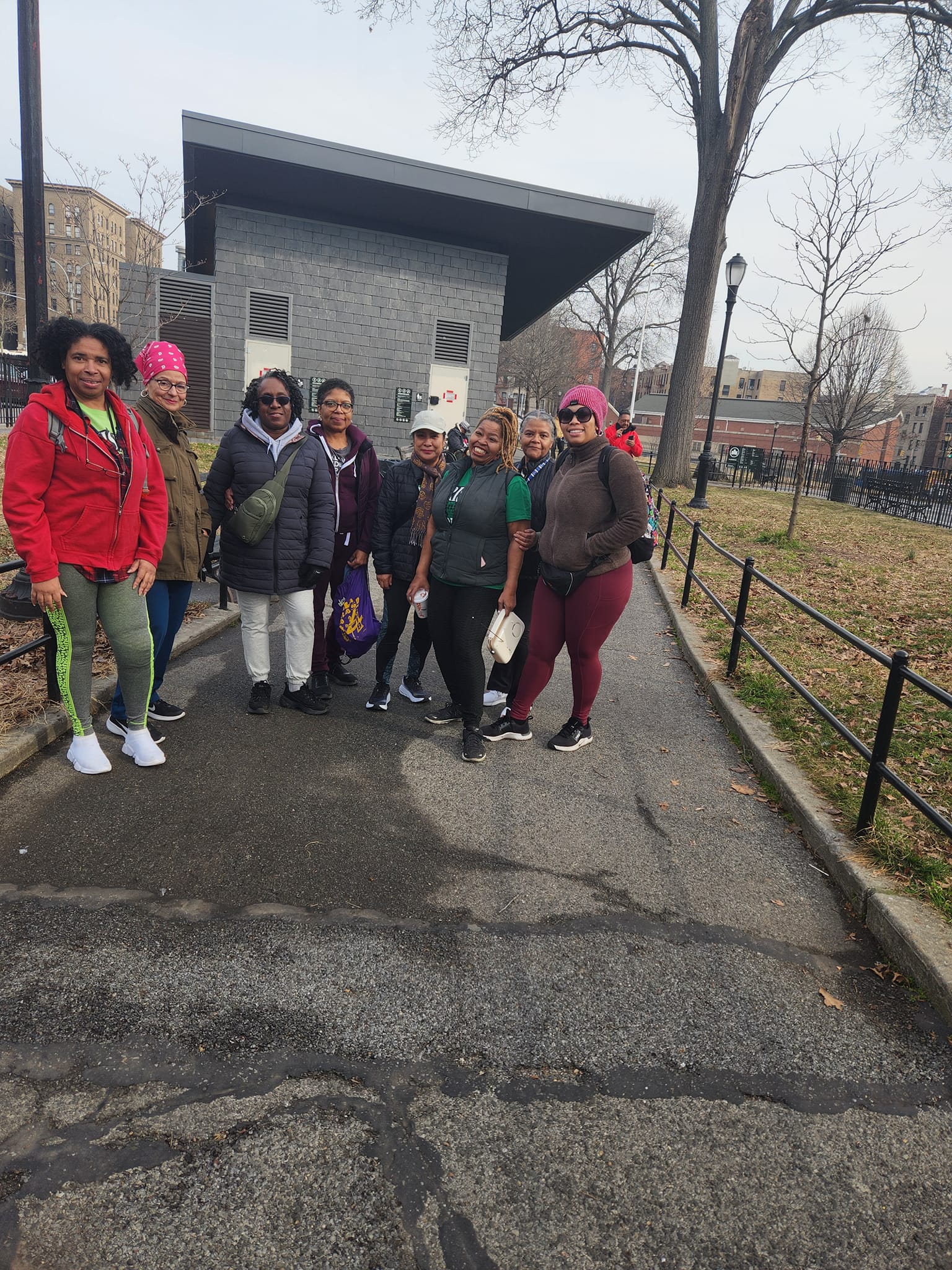Hike and Shoot
This hike and shoot project for low-income individuals has the potential to provide recreational and educational opportunities and promote social inclusion, personal development, and environmental appreciation.
Leader
Pascale Pierre
Location
2640 Grand Concourse Bronx, NY 10458
About the project
-
Facilitate Access to Nature: For individuals who may not have easy access to green spaces or outdoor activities, this will be extremely valuable.
-
Provide Photography Skills Development and a sense of Achievement: Photography skills alongside hiking will empower participants to express themselves creatively and develop a new hobby or even a potential career path. It can also be a powerful tool for self-expression and creativity. As well as provide a sense of accomplishment and pride.by capturing beautiful images.
-
Encourage Community Building: Participating in group hikes and photography outings will foster a sense of community among participants, especially important for individuals facing economic challenges.
-
Provide Stress management: Spending time outdoors and engaging in creative activities like photography can have therapeutic effects, reducing stress and improving overall well-being. This will be particularly impactful for individuals dealing with mental health issues or other forms of adversity. Spending so much time inside an apartment can take a toll on your mental health.
-
Increase knowledge and Storytelling: Through photography, participants can document their experiences and tell their stories, which will allow for the sharing of diverse perspectives and experiences with a wider audience. They also get to experience the beauty of nature and expand their knowledge of the components of nature such as plants, flowers, birds etc....
-
Keeping the cost low for Equipment and hiking: Organizing low-cost or free group hiking outings will make the project more accessible. Able to use their phone rather than an expensive camera will allow more accessibility to the project.
The Steps
August:
- Project Planning: Define logistics such as locations for hikes and potential photography themes.
- Recruitment: Advertise the project through community centers, social media, and local organizations targeting low-income individuals interested in photography and hiking.
- Equipment Procurement: Obtain photography equipment as needed
- Partner Outreach: Establish partnerships with local parks, nature reserves, or hiking clubs to gain access to hiking trails and facilitate outdoor experiences.
- Participant Registration: Open registration for participants, collecting necessary information such as contact details and any relevant health or accessibility considerations.
- Training Sessions: Organize photography workshops to teach basic camera operation, composition techniques, and tips for outdoor photography.
- Hiking Schedule: Plan a series of hikes throughout September, selecting diverse locations that offer a variety of landscapes and natural features.
- Hike Preparations: Coordinate transportation, trail maps, and safety guidelines for each hike. Consider factors such as weather conditions and accessibility for all participants.
September:
- Photography Assignments: Introduce photography assignments or themes for each hike to encourage creativity and focus participants' attention on specific aspects of nature.
- Guided Hikes: Arrange for experienced guides or volunteers to lead the hikes, providing information about the local flora, fauna, and photography opportunities.
- Photo Submission Process: Establish a process for participants to submit their photos after each hike, including guidelines for file format, resolution, and labeling.
- Feedback Sessions: Schedule feedback sessions where participants can review and discuss their photos, receive constructive criticism, and share insights from their hiking experiences.
October:
- Photo Selection: Review and select the best photos from each hike to be showcased at the photo expo. Consider diversity in style, subject matter, and participant representation.
- Expo Planning: Secure a venue for the photo expo and plan the layout, including display boards, signage, and multimedia presentations.
- Promotion: Promote the photo expo through local media outlets, social media platforms, and community bulletin boards to attract attendees.
- Printing and Framing: Print and frame selected photos for display at the expo, ensuring high-quality reproduction and professional presentation.
- Expo Setup: Set up the expo space, arranging the photos according to themes or chronological order, and preparing any accompanying materials such as artist statements or bios.
- Opening Event: Host an opening event for the photo expo, inviting participants, partners, and the wider community to celebrate the culmination of the project.
- Expo Duration: Keep the photo expo open for public viewing for a specified duration, allowing ample time for visitors to appreciate the photos and learn about the project.
- Closing Ceremony: Conclude the project with a closing ceremony or reception, where participants can reflect on their experiences, share stories, and receive recognition for their contributions.
Why we‘re doing it
This project will contribute to social cohesion, economic empowerment, and environmental conservation by providing access to nature, fostering creative expression, and promoting awareness of environmental issues to low income individuals, allowing them to learn about nature and developing a new skill.

